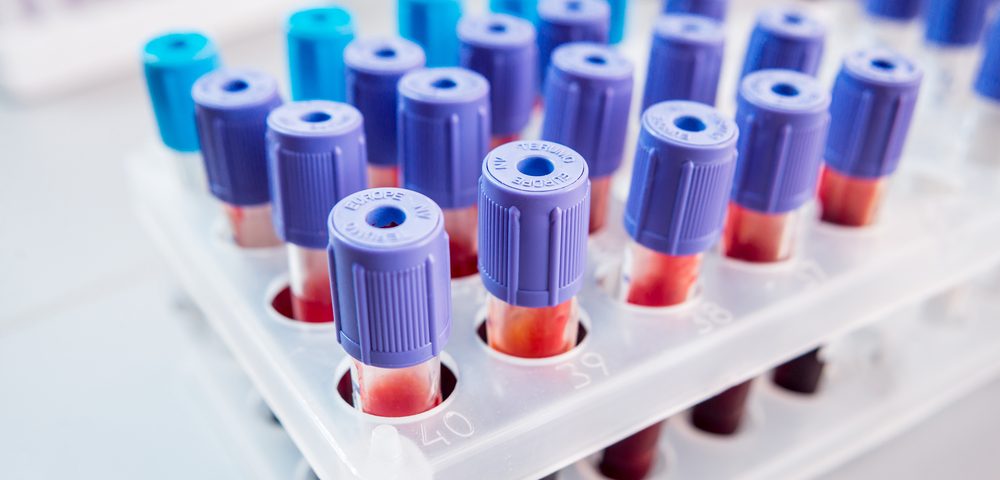High blood levels of two hormones — insulin-like growth factor-I (IGF-I) and free testosterone — are associated with increased risk of prostate cancer later in life, a new study suggests.
The study, “Serum hormones and prostate cancer incidence and mortality in UK Biobank,” was presented at the recent 2019 National Cancer Research Institute (NCRI) Cancer Conference.
Worldwide, prostate cancer is the most common cancer in men after lung cancer, and a leading cause of cancer-related death. Modifiable risk factors can help men reduce their chances of developing the disease, but are not well-established.
The growth hormone IGF-I and testosterone have been implicated in the development and progression of this cancer, but their relationship is not fully understood.
“We were interested in studying the levels of [these] two hormones circulating in the blood because previous research suggests they could be linked with prostate cancer and because these are factors that could potentially be altered in an attempt to reduce prostate cancer risk,” Ruth Travis, an associate professor at the University of Oxford and one of the study’s lead authors, said in a press release.
Researchers set out to investigate the link between circulating blood concentrations of IGF-I, free (or biologically active) testosterone, total testosterone, and the sex hormone binding globulin (SHBG), and prostate cancer incidence and mortality in a large British cohort.
They studied 200,452 men taking part in the U.K. Biobank. All did not have cancer, were not receiving hormone therapy at the time they began this study, and had given blood samples tested for hormone levels at baseline (study’s start).
A subset of 9,000 men gave a second blood sample at a later date, which helped the researchers account for natural variations in hormone levels.
The follow-up for cancer incidence and mortality status was obtained through national registries.
After an average follow-up of 6.9 years, 5,412 of these men were diagnosed with prostate cancer and 296 died from the disease.
Statistical analysis showed that higher circulating IGF-I levels were associated with a higher risk of both prostate cancer diagnosis and mortality. Essentially, for every increase of five nanomoles of IGF-I concentration per liter of blood (5 nmol/L), men were 9% more likely to develop prostate cancer.
While total testosterone concentration did not link with prostate cancer incidence or mortality, free testosterone did raise the risk of a prostate cancer diagnosis, with an increase of 50 picomoles of free testosterone per liter of blood (50 pmol/L) being associated with a 10% increase in prostate cancer risk.
Higher SHBG, in contrast, was associated with a lower risk of incident prostate cancer. Neither free testosterone nor SHBG were associated with prostate cancer mortality.
“The findings from this large prospective cohort study of circulating hormone concentrations support the hypothesised roles of IGF-I and free testosterone in prostate cancer development,” the researchers wrote.
Since these measurements were taken years before a cancer diagnosis, it is likely that IGF-I and free testosterone lead to development of prostate cancer rather than the other way around, the researchers suggested.
“What this research does tell us is that these two hormones could be a mechanism that links things like diet, lifestyle and body size with the risk of prostate cancer,” Travis said. “This takes us a step closer to strategies for preventing the disease.”
Hashim Ahmed, a professor of urology at Imperial College London, who was not involved in the research, added: “These results are important because they show that there are at least some factors that influence prostate cancer risk that can potentially be altered. In the longer term, it could mean that we can give men better advice on how to take steps to reduce their own risk.”
Researchers plan to continue to examine data from this study, and hope to identify risk factors for the most aggressive types of prostate cancer.

